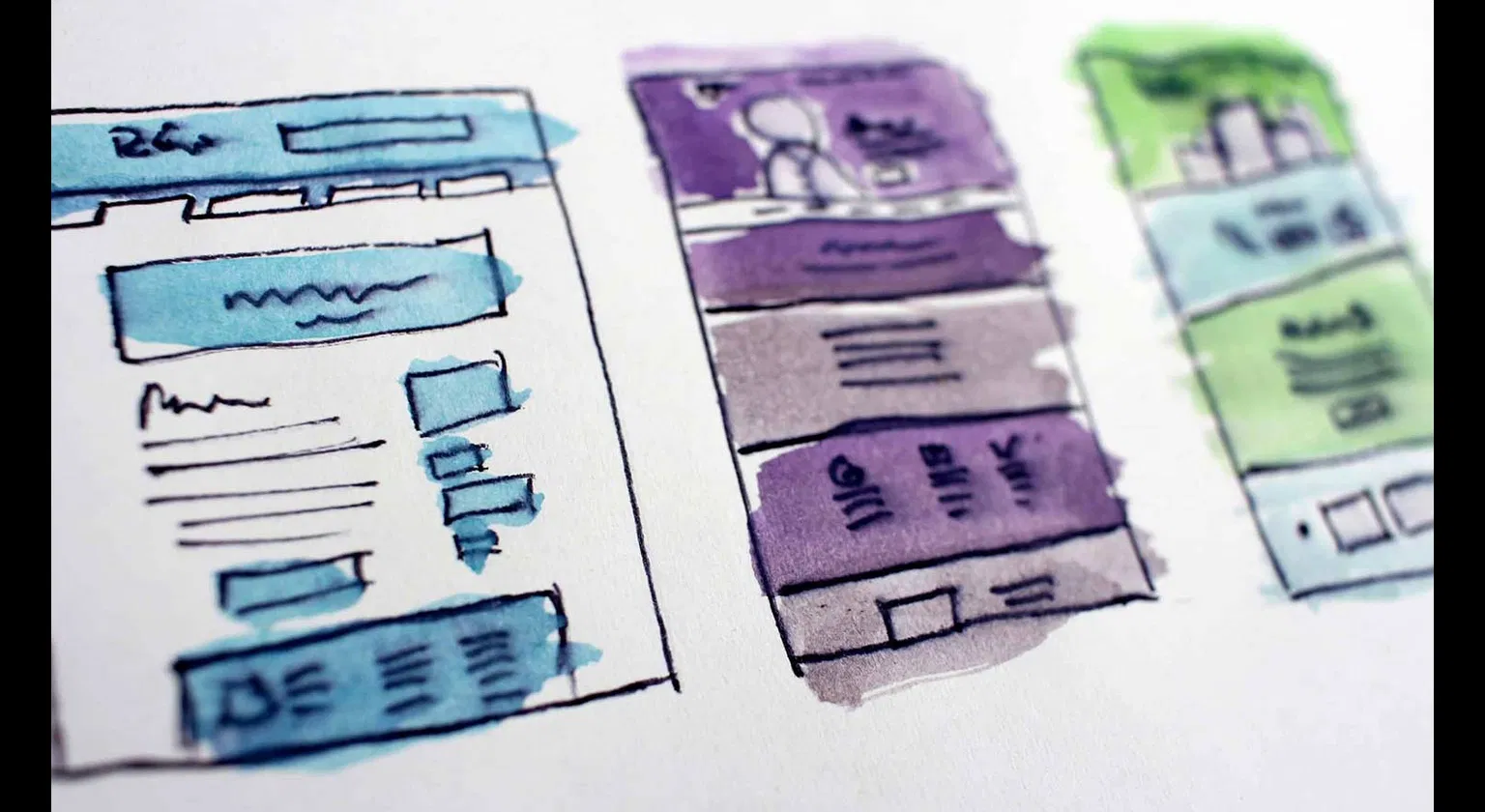UX design – or user experience design – is aimed at aligning business goals and user goals as closely as possible in mobile apps, websites and pretty much any product. Good UX design can yield incredible improvements in buyer behavior, lead generation, and visitor engagement. UX design works best when it's an iterative process. With each iteration, a UX designer can identify new opportunities, respond to changes in business goals and user needs, and adapt to current market trends and advances in technology. Fortunately, developing a repeatable UX design process is not rocket science. Best practices for UX design boil down to four distinct phases: Discovery, Design, Development, Testing
Each phase is an involved process in and of itself, and lays the foundation for the next. Skimping on any one phase produces inconsistent results:
- Design without discovery creates products that don't serve anyone's needs
- Meaningful discovery requires controlled testing
- Testing isn't possible without developing models and prototypes
So how can you get positive, repeatable results time after time? Fortunately, we've got a helpful checklist to guide you through the process.
UX Best Practices Checklist
- Discovery
- Define Business Goals
- Get input from as many stakeholders as possible
- Identify needs and problems
- Work collaboratively
- Conduct User Research
- Get qualitative feedback from users via
- Surveys
- Usability tests
- Heatmapping
- Talking directly to existing or potential users and customers
- Review quantitative data from analytics and market research
- Create user personas
- Identify market segments
- Consider goals, needs, motivation, means
- Develop representative personas
- Get qualitative feedback from users via
- Match User Needs with Business Goals
- Design
- Leverage UX/UI Conventions
- Use common, accessible interface elements
- Cherry pick from competitor approaches
- Sketch Ideas and Create Paper Prototypes
- Keep them lo-fi and focused
- Vet Prototypes Through Testing
- Prompt testers to narrate their decision-making process
- Observe and record actual behavior and actions
- Wireframe Winning Ideas
- Development
- Prioritize Critical Features and Build Through Progressive Enhancement
- Content and essential functions come first
- Visual presentation is next
- Interactivity is last
- Take Advantage of CSS, HTML5, jQuery
- Consider Device Experience (Mobile, Tablet, Desktop)
- Testing
- Cross-Browser Test New Designs
- Ensure proper display and functionality
- Optimize for browsers as needed
- Test Designs Live
- Avoid "before and after" style testing as much as possible
- Control for time and seasonality using split or multivariate testing
- Control for user familiarity by targeting new or returning visitors
- Validate/Invalidate Hypotheses
- Develop New Hypotheses for Testing
While our checklist isn't a comprehensive guide to UX best practices, it should help you develop your own UX design process. And your product will be better for it!



